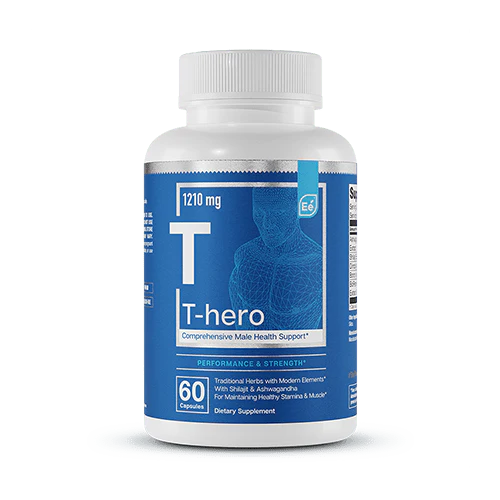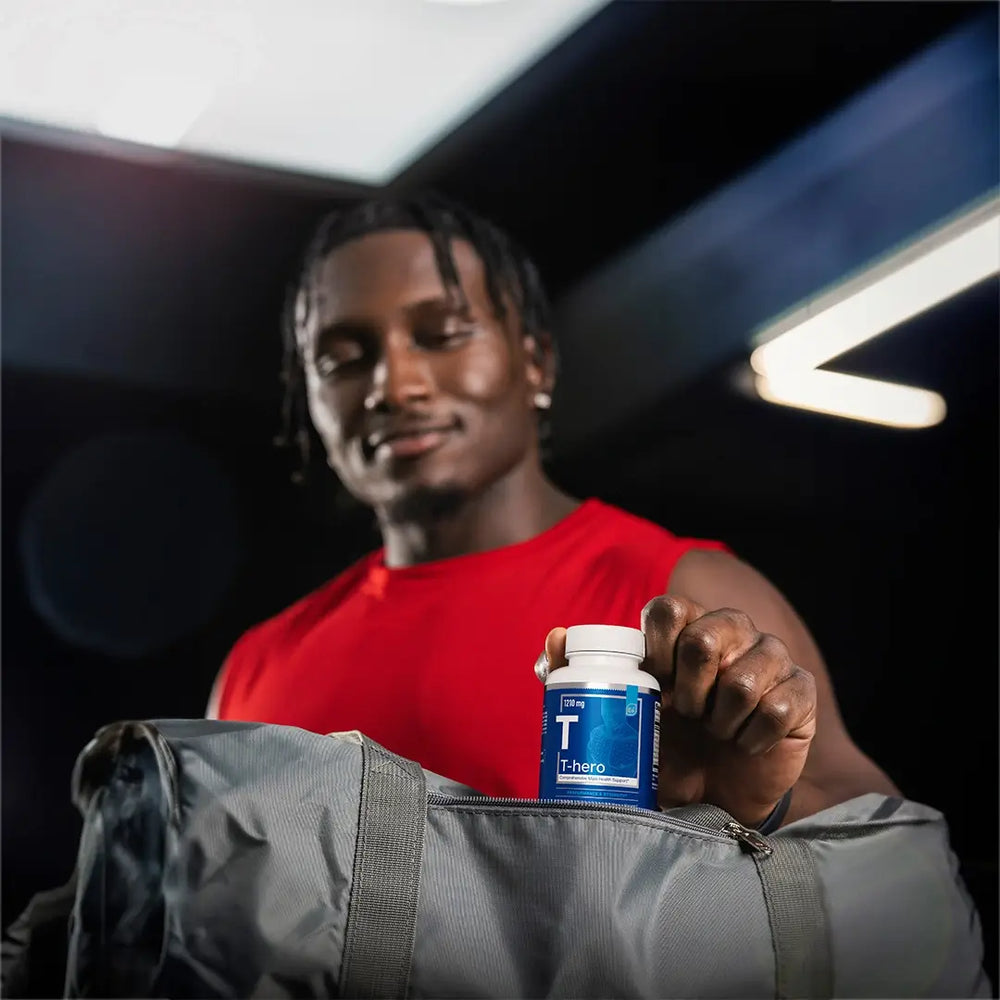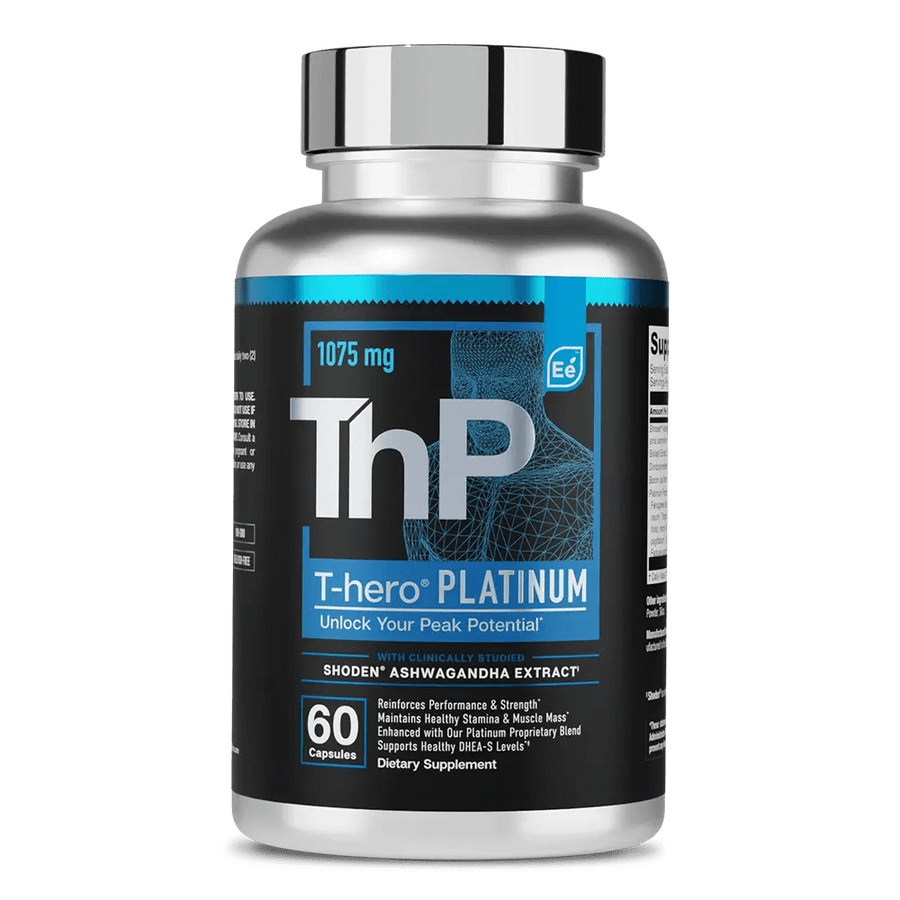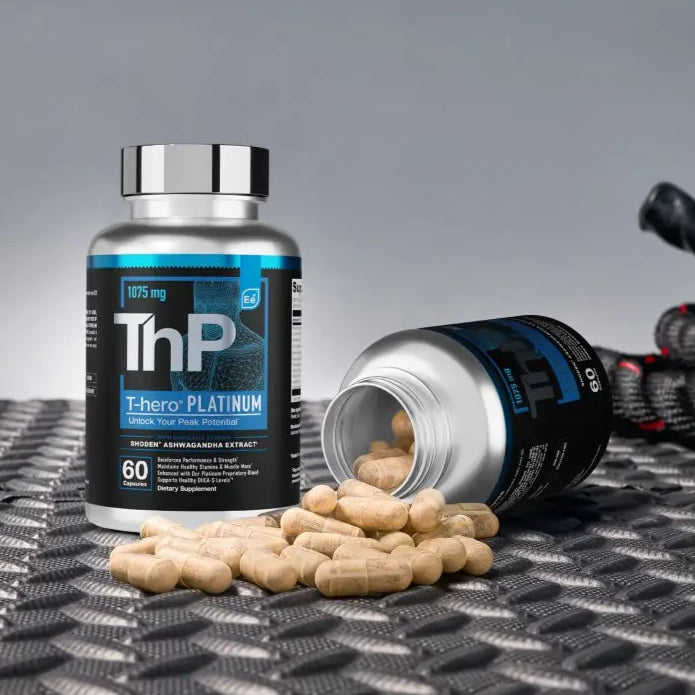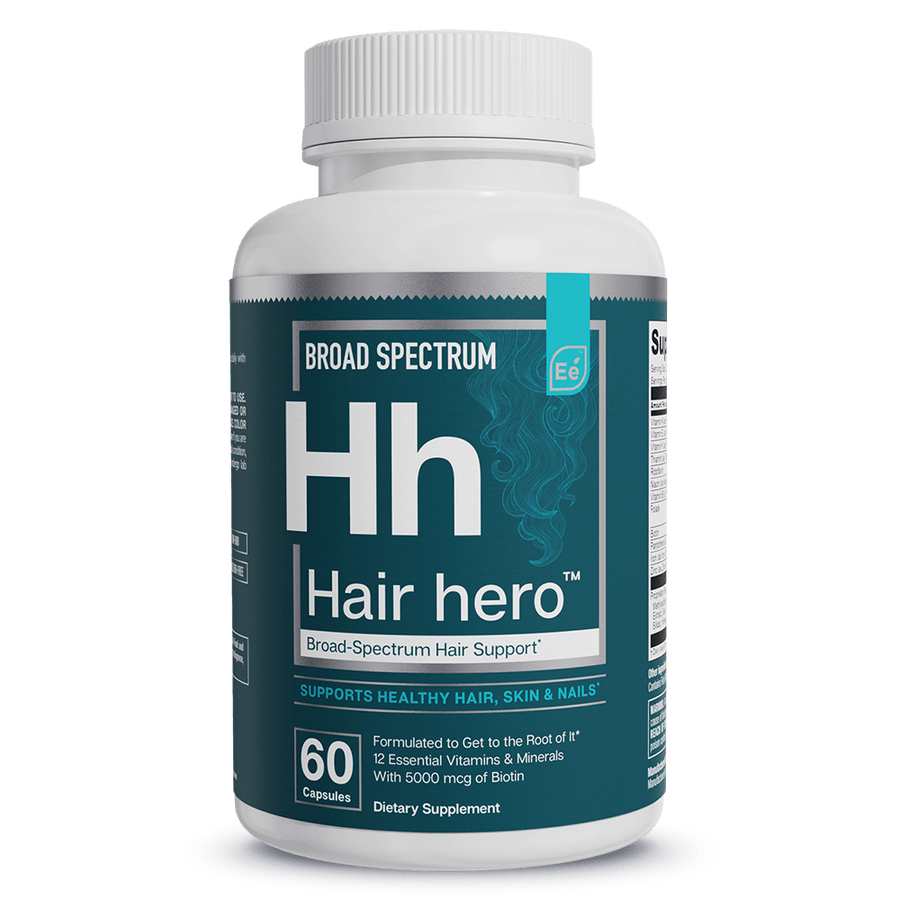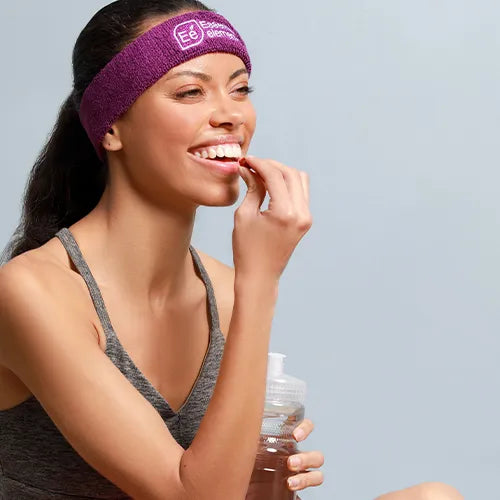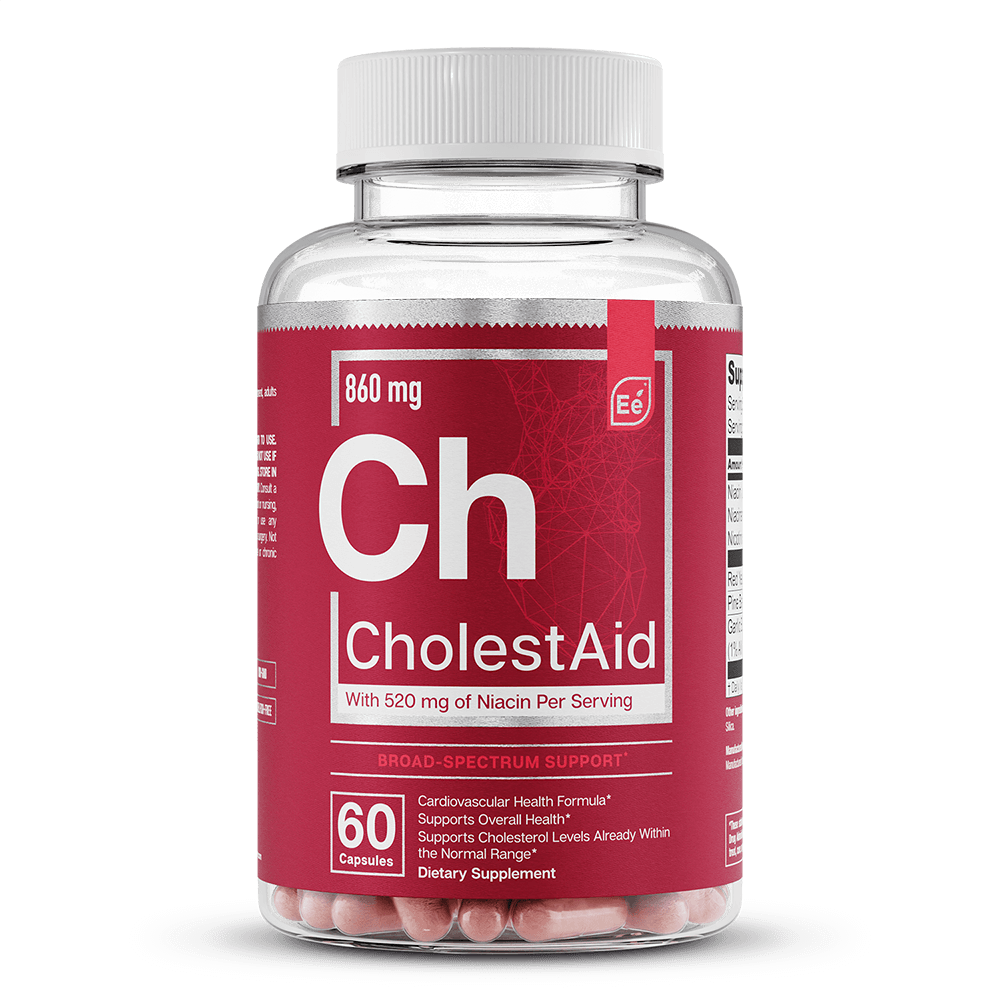Dive into Fall Fitness: Top Tips From an Olympic Swimmer
As we transition to the fall season, our nutritional and fitness requirements shift, so it becomes time to take a different approach to our health routine. It can be difficult to stick to your fitness goals with the colder weather rolling in and holiday treats at every turn. Many people give up their fitness aspirations as the year draws to a close, but it’s the perfect opportunity to revitalize your fitness regimen and find new strategies to help you stick to your wellness pursuits.
In this exclusive article, we’ll dive into the wisdom of an exceptional athlete as he shares his fitness routine for the fall and holiday seasons. Olympic gold medalist swim champion Roland Schoeman shares his top tips for maintaining his health and keeping up with his training regimen despite seasonal weather changes and holiday temptations. He offers realistic and achievable insights and will help you unlock ways to thrive throughout the year’s end.
Roland Schoeman is a world champion swimmer and Olympic athlete who is an inspirational force. Throughout his impressive career, he has triumphed at competitions around the world, winning numerous championship medals, including Olympic gold, silver, and bronze, broken a variety of world records, and earned prestigious accolades. Along the way, he has learned to embrace his failures and conquer self-doubt while being strengthened by personal trials and setbacks. His determination and perseverance have shaped him into an incredible athlete with a positive outlook, and he inspires the world with his profound insight and unique story of personal growth.
How does your training routine change as you transition from the intense summer swim season to the fall?
As a 43-year-old professional swimmer training for the Olympics, the transition from the intense summer swim season to the fall is a crucial phase in my training plan. While I may not have the same level of flexibility and stamina as younger swimmers, I've developed a training routine that caters to my age and experience. Here's how my training routine changes during the transition:
♦ Recovery Focus: In the immediate aftermath of the summer season, I prioritize recovery. I understand that my body takes longer to bounce back from the intense training and competitions. So, I ensure I get adequate sleep, engage in active recovery (light swimming or yoga), and pay close attention to nutrition and hydration.
♦ Technical Focus: Fall is an ideal time to refine my technique and work on stroke efficiency. I spend more time on drills, video analysis, and feedback from my coach to fine-tune my stroke mechanics. This helps me swim faster and with less effort.
♦ Mental Preparation: I use the fall season to work on my mental game. Visualization, goal setting, and sports psychology training become more prominent in my routine. As an older athlete, maintaining a strong mental edge is just as critical as physical preparation.
♦ Injury Prevention: I place a higher emphasis on injury prevention during the fall. This includes regular physiotherapy and massages to address any lingering issues and prevent them from becoming more serious.
♦ Long-Term Perspective: At 43, I'm well aware that my body isn't as resilient as it once was. I take a more cautious and long-term approach to my training. The fall season is an opportunity to set long-term goals, assess progress, and adjust my training plan accordingly.
In summary, my transition from the intense summer swim season to the fall involves a shift in focus from high volume and peak performance to recovery, technique refinement, strength and conditioning, and injury prevention. It's a balancing act between maintaining a competitive edge and taking care of my body to sustain a successful professional swimming career.

Could you share insights into adapting workouts for the season change, which can be valuable for those looking to switch up their fitness routines?
I understand the need to maintain strength and endurance, especially when outdoor activities become less accessible due to cooler weather. Here are some go-to exercises and workouts that I recommend for readers looking to stay in shape during the fall and winter:
♦ Indoor Swimming. If access to an indoor pool is available, swimming remains an excellent full-body workout. It's low-impact and great for maintaining cardiovascular fitness and muscular strength. You can focus on technique and drills to improve your strokes.
♦ Strength Training. Incorporate strength training into your routine using free weights, resistance bands, or weight machines. Compound exercises like squats, deadlifts, bench presses, and pull-ups are effective for building overall strength.
♦ High-Intensity Interval Training (HIIT). HIIT workouts are efficient for building cardiovascular endurance. They involve short bursts of high-intensity exercise followed by brief rest periods. This can be done with exercises like sprints, jumping jacks, or cycling on a stationary bike.
♦ Cycling on a Stationary Bike. If outdoor cycling isn't an option, using a stationary bike is a great way to maintain endurance and leg strength. You can follow structured workouts or do steady-state cardio sessions.
♦ Virtual Workouts. Consider subscribing to online workout platforms or apps that offer a variety of classes and routines. This allows you to follow structured workouts from the comfort of your home.
♦ Martial Arts or Kickboxing. Joining a martial arts or kickboxing class can be a great way to stay active and work on both cardiovascular fitness and strength.
♦ Swim-Specific Dryland Training. If you're a swimmer like me, incorporate dryland exercises that mimic swimming movements. Resistance band pulls, medicine ball exercises, and core work can help maintain swimming-specific strength.
Remember to warm up properly, maintain good form, and gradually progress your workouts to prevent injuries. As you adapt to indoor training during the cooler months, staying consistent and motivated is key to maintaining strength and endurance. Mix and match these exercises and workouts to create a well-rounded fitness routine that suits your goals and preferences.

Fall often brings comfort food and holiday gatherings. How do you manage your diet during this season to maintain your fitness goals?
♦ Meal Planning. I plan my meals ahead of time. This includes setting a weekly meal schedule, prepping ingredients, and having healthy options readily available. Planning allows me to make informed choices and reduces the temptation to indulge in unhealthy foods.
♦ Portion Control. I pay attention to portion sizes, especially when indulging in comfort foods or attending holiday gatherings. I use smaller plates and utensils to help control portions and listen to my body's hunger and fullness cues.
♦ Plan Your Indulgences. Allocate specific days or meals for indulging in seasonal treats. This can help you stay disciplined and avoid mindless snacking.
♦ Prioritize Protein. Include a source of lean protein in every meal. Protein helps keep you full and supports muscle recovery, which is essential for your fitness journey.
♦ Fill Up on Fiber. High-fiber foods like whole grains, fruits, and vegetables can help you feel satisfied and reduce the urge to overindulge in less healthy options.
♦ Stay Hydrated. Drink plenty of water throughout the day. Sometimes, thirst is mistaken for hunger, and staying hydrated can curb unnecessary snacking.
♦ Pre-Eat Before Parties. Have a small, healthy snack before attending holiday gatherings. This can help curb your appetite and prevent overindulgence in party foods.
♦ Plan Active Outings. Instead of focusing solely on food-centered activities, plan active outings with friends and family. Go for hikes, play outdoor sports, or take walks to create healthier holiday traditions.
♦ Set Realistic Goals. Understand that it's okay to enjoy the season's treats in moderation. Set realistic goals, and don't aim for perfection.
Remember, the key is finding a balance that allows you to enjoy the season while still making progress on your fitness journey. It's about making mindful choices and not letting indulgences derail your long-term goals.
The Essential Element
Take it from an expert! As an Olympic gold medalist, Roland has learned to shift his athletic pursuits to match the season and has found the best ways to maintain his training goals year after year. Don’t wait until the new year to reignite your fitness routine. Start taking action now to find new ways to revitalize your health goals and spark your motivation for the season ahead.
